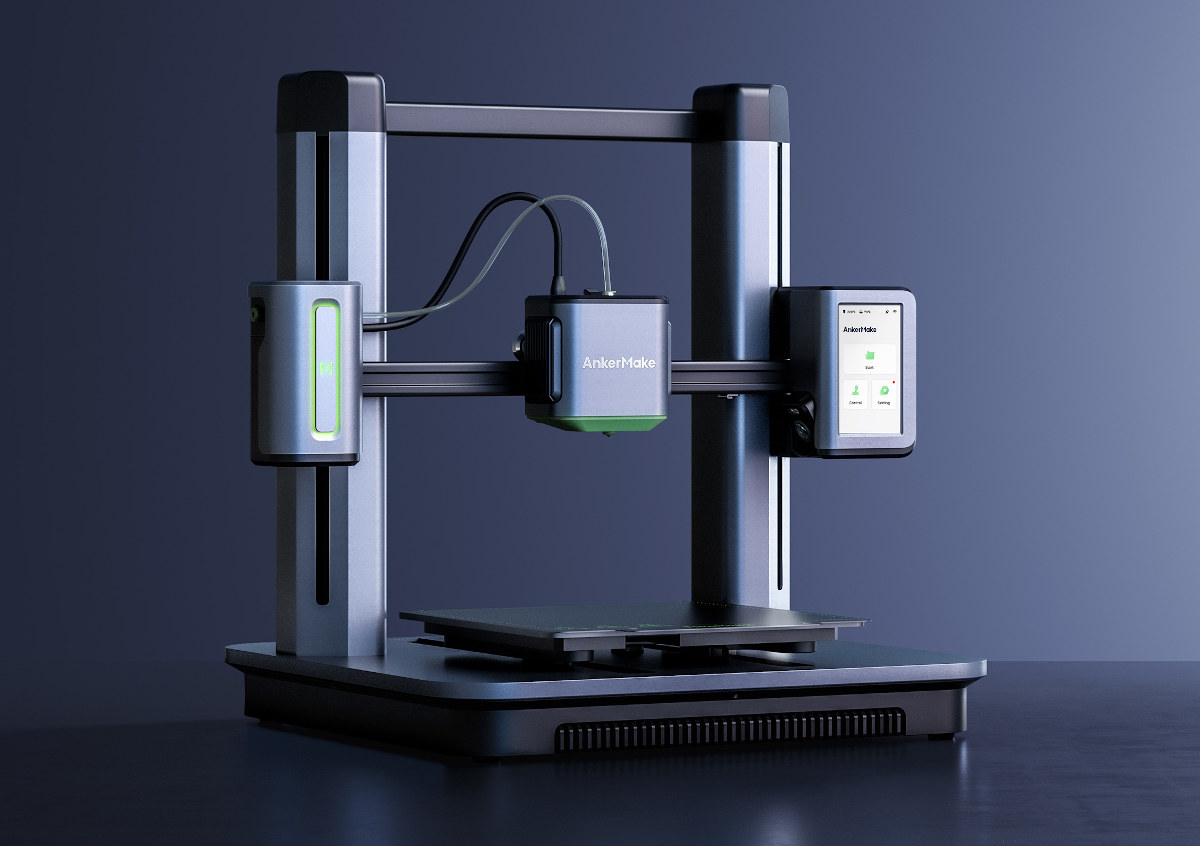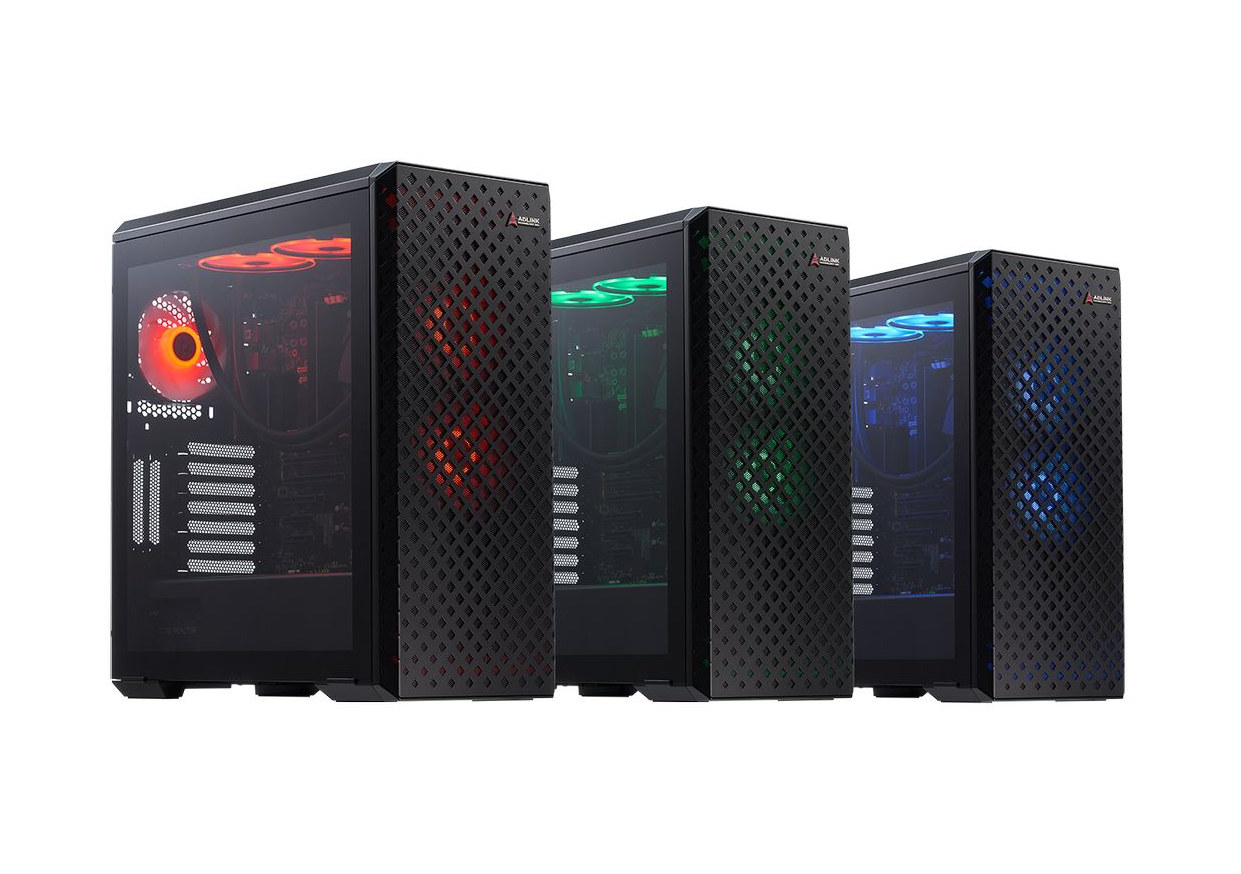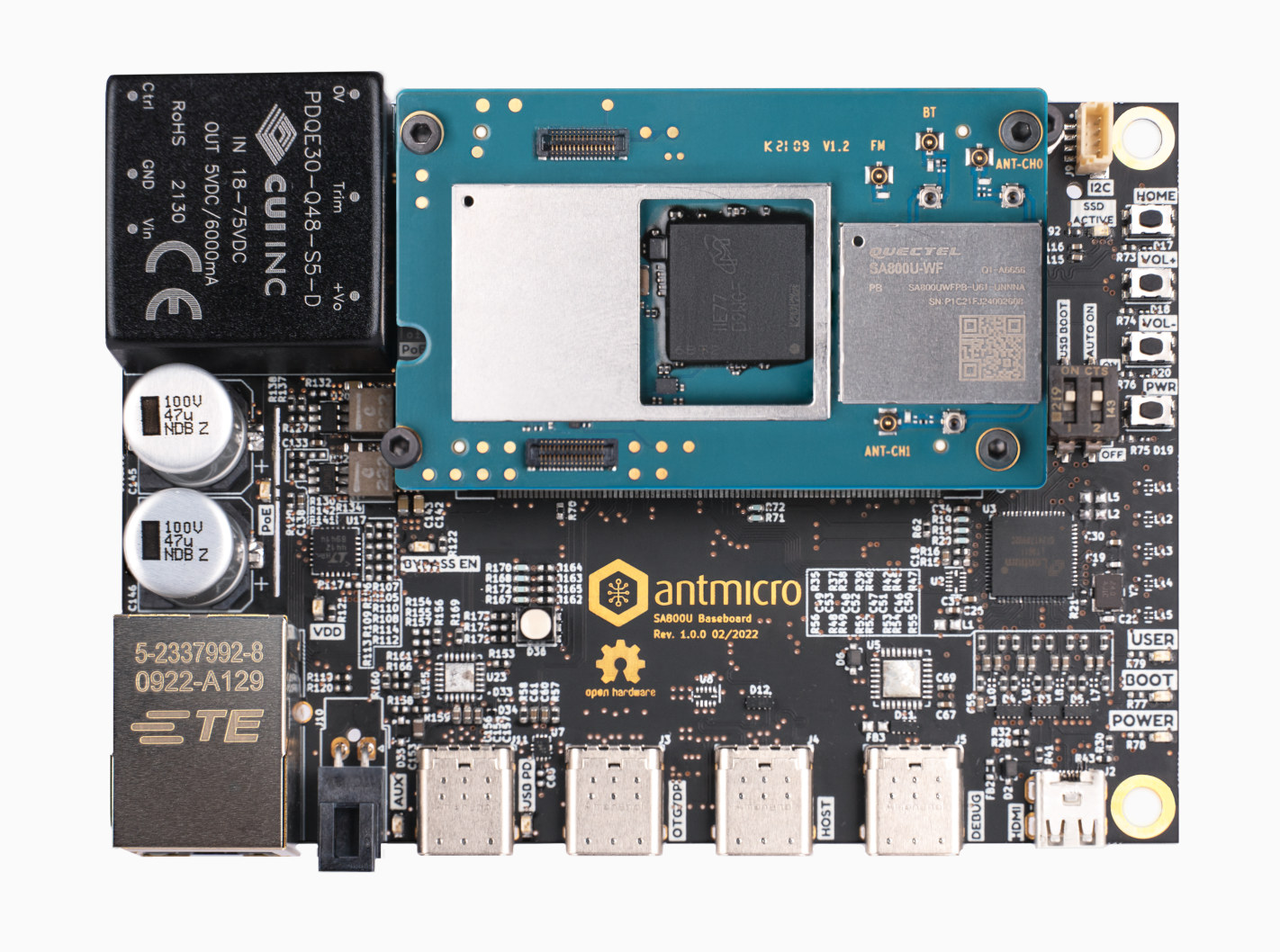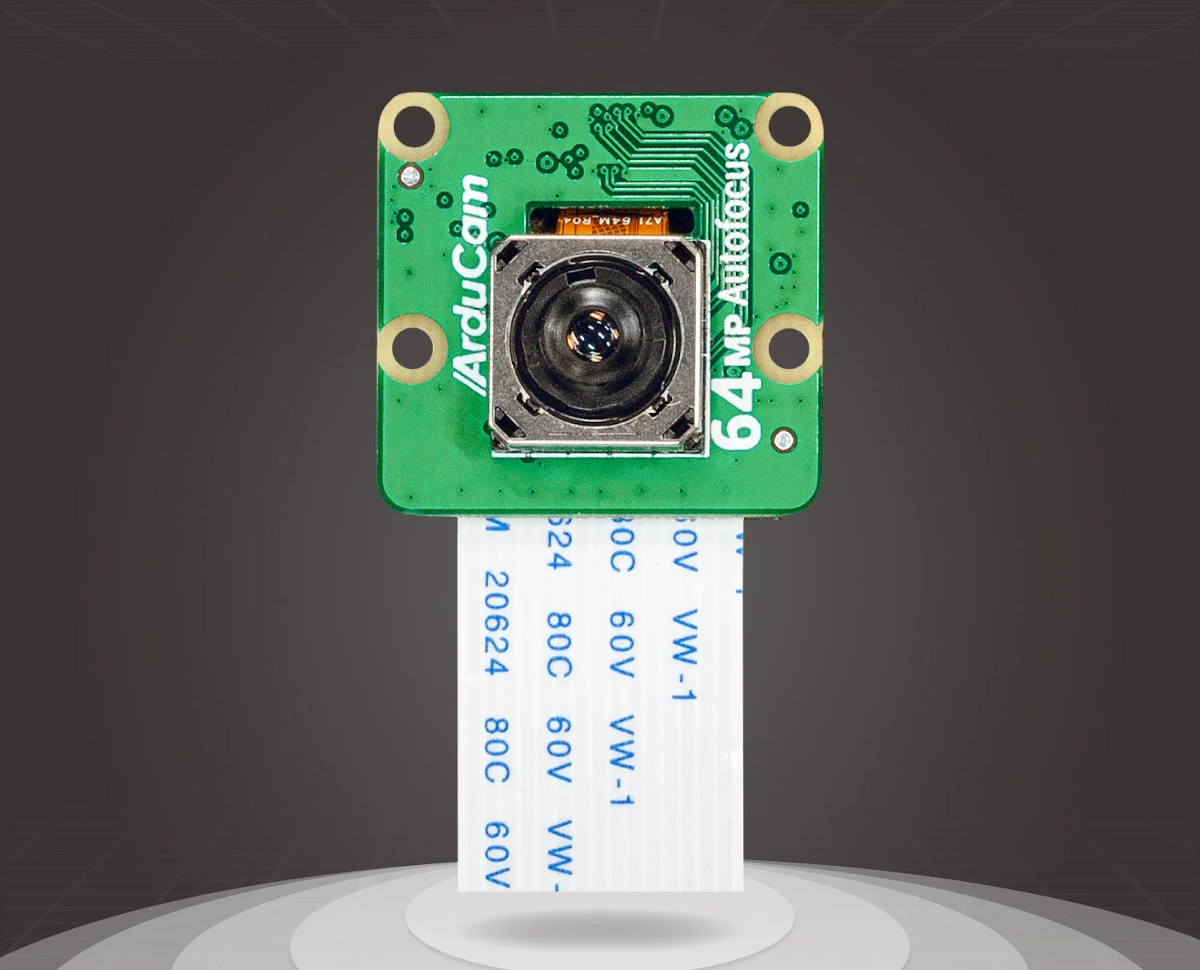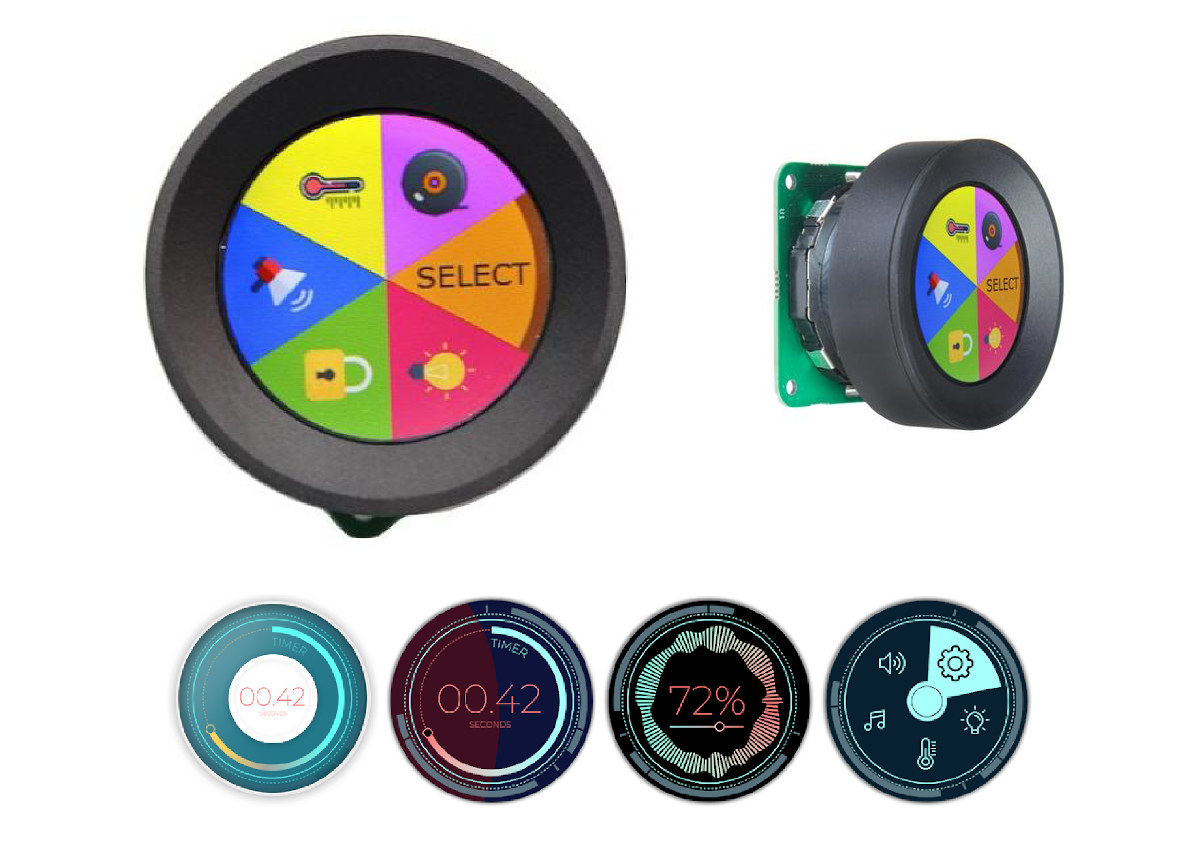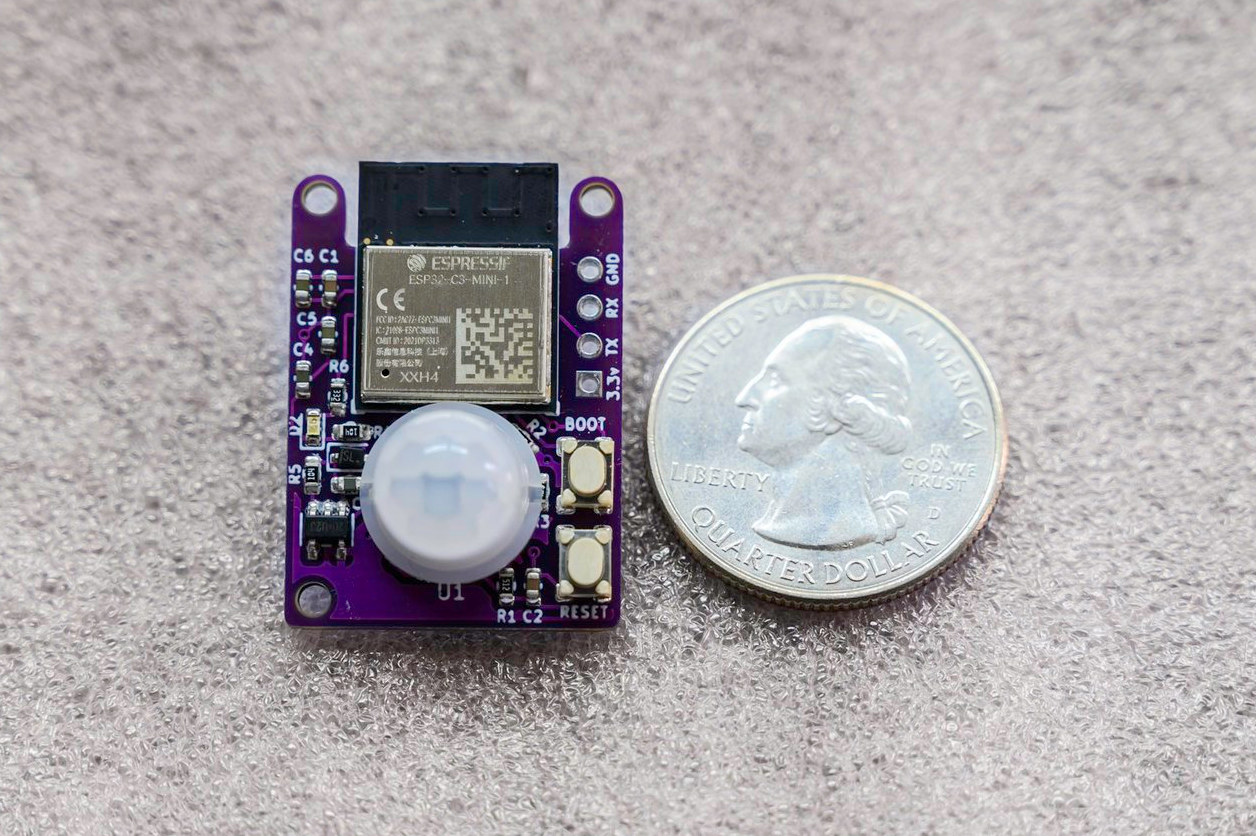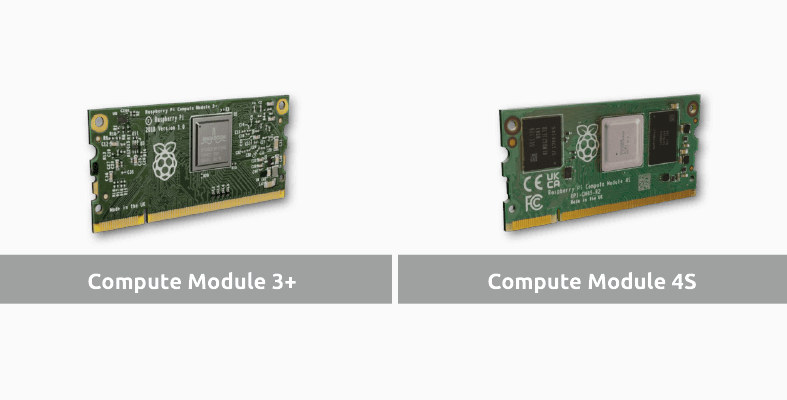Anker is better known for its charger and power banks, but the company has now entered the 3D printer market with the AnkerMake M5 3D printer which is said to print five times faster and comes with an AI camera for monitoring the prints. Besides the up to 300mm/s printing speed, other highlights of the 3D printer include Google Assistant & Amazon Alexa voice assistant compatibility, and easy assembly that requires 3 steps done in about 15 minutes. AnkerMake M5 3D printer specifications: SoC – Ingenic X2000 tri-core MIPS processor with 2x XBurst cores @ 1.2 GHz plus one XBurst0 core @ 240 MHz running Linux MCU – STM32F407 running Marlin firmware Print volume (L x W x H) – 235 × 235 × 250 mm Standard speed – 250 mm/s Speed range – 50 – 300 mm/s Acceleration speed – 2500 mm/s² X-axis movement – 42 – 40 stepper […]
Arm SystemReady SR-certified Ampere Altra Developer Platform launched for $3,999
ADLINK has just announced the availability of the Arm SystemReady SR-certified Ampere Altra Developer Platform equipped with the company’s COM-HPC Ampere Altra module with 32 to 80 64-bit Arm Neoverse N1 cores, 32GB to 128GB RAM. An adaptation to the earlier AVA Developer Platform expected to sell for $5,450, the Ampere Altra Developer Platform got a price cut to $3,999 at launch for a system with a 32-core processor, and 32GB DDR4. The system targets software developers wanting to build cloud-to-edge applications using standardized Arm hardware. Ampere Altra Developer Platform specifications: SoM – COM-HPC Ampere Altra module with Ampere Altra 32 to 80-core 64-bit Arm Neoverse N1 processor up to 1.7/2.2/2.6 GHz (32/64/80 cores, TPD: 60W to 175W), 32 GB to 128GB DDR4 ECC memory Storage – 128 GB NVMe M.2 SSD Mainboard – COM-HPC Server Base carrier board Video – VGA port Audio – 3.5mm audio jack Networking 1x […]
Antmicro releases open-source hardware Snapdragon 845 baseboard designed with KiCad
Antmicro team has released an open-source hardware baseboard for Quectel SA800U-WF System-on-Module powered by Qualcomm Snapdragon 845 octa-core processor, which they designed with KiCad open-source EDA tool. The baseboard supports NVMe storage and offers Micro HDMI and MIPI DSI video interfaces, Gigabit Ethernet with PoE support, USB 3.1 Type-C interfaces, and other I/Os, plus three separate power inputs. The company expects the design to serve as a starting point for building portable smart assistants, kiosks, VR/AR or smart screens, and more. Antmicro Snapdragon 845 baseboard specifications: Supported system-on-module – Quectel SA800U-WF with: SoC – Qualcomm Snapdragon 845 octa-core Kryo 385 processor (4x Cortex A75 cores + 4x Cortex-A55 cores), Adreno 630 GPU, Hexagon 685 DSP, 4K H.265/H.264 video decoding and encoding System Memory – 4 GB LPDDR4X Storage – 64 GB UFS storage 802.11b/g/n/ac Wi-Fi 5 2×2 MIMO and Bluetooth 5.0 module Board-to-board connector for connection to baseboard Dimensions – […]
Arducam Pi Hawk-eye is a 64MP camera for Raspberry Pi 4/CM4
Arducam Pi Hawk-eye is a 64MP “ultra-high resolution” camera for Raspberry Pi 4 or CM4 with built-in autofocus following the company’s 16MP autofocus camera introduced at the end of last year. The new camera module will allow you to take still images at up to 9152 x 6944 resolution, but videos will still be limited to 1080p30 on the Raspberry Pi 4. The Pi Hawk-eye is also compatible with the official Raspberry Pi v1/v2 cameras, meaning you can reuse your enclosures/mounts, and keep on using the same software, for instance, libcamera. Arducam Pi Hawk-eye specifications: Sensor – Sensor with 9152 x 6944 pixels resolution Still resolution – 64MP Video modes On Raspberry Pi – 1080p30, 720p60, and 640×480 @ 60/90fps Camera module – 1280×720 @ 120 fps, 1080p60, 2312×1736 @ 30 fps, 3840×2160 @ 20 fps, 4624×3472 @ 10 fps, 9152×6944 @ 2.7 fps Optical size – 9.25mm diagonal (7.4×5.5mm) […]
RoenDi is a rotary encoder with a color display (Crowdfunding)
RoenDi is a rotary encoder with an integrated round color display. Based on an STM32L4 MCU, it can be programmed with the STM32CubeIDE or the Arduino IDE, and be used as an information display, an IoT controller, a locking mechanism, as well as in audio applications. RoenDi specifications: MCU – STMicro STM32L433 Arm Cortex-M4 microcontroller @ 80 MHz with 256 KB flash memory Storage – 128 Mbit SPI NOR flash Display – Round 1.28-inch TFT LCD display with 240 x 240 resolution, up to 262K colors Rotary Encoder – 15 pulses / 30 detents USB – Micro USB connector I/Os – Breakout pads for peripherals: I2C, GPIO, PWM, CAN; 5V tolerant Debugging – Adaptor board and cable for ST-LINK Misc – BOOT boot, RTC (built-in into STM32 MCU) Power Supply – 3V to 5V DC input, 3 V, 400 mA LDO Dimensions – 40 x 40 mm (PCB) Enclosure – […]
Bee Motion Mini board combines ESP32-C3 with PIR sensor
Designed by Smart Bee Designs, the tiny Bee Motion Mini combines an ESP32-C3 wireless RISC-V SoC with a PIR sensor for motion detection reporting over WiFi, Bluetooth LE, or Bluetooh Mesh. The board was designed to be as small as possible to fit into a 3D printed case with a LiPo battery and placed/hidden anywhere you want. Motion detection range is up to 5 meters, and the Bee Motion Mini can connect to services like MQTT, ITTT, or NodeRed to trigger other devices upon motion. Bee Motion Mini specifications: Wireless module – Espressif Systems ESP32-C3-MINI-1 module with ESP32-C3 WiFi and Bluetooth LE 5.0 RISC-V SoC up to 160 MHz, 4 MB embedded flash PIR sensor – Passive infrared motion sensor with dome lens, 5-meter range I/O- UART Tx/Rx for flashing firmware, 3.3V, and GND Misc – BOOT and RESET buttons Power Supply JST PH.20 connector for LiPo battery 3.3V via […]
Raspberry Pi Compute Module 4S SO-DIMM module is powered by Broadcom BCM2711 SoC
The Raspberry Pi Compute Module 4S is an upcoming system-on-module based on the same Broadcom BCM2711 quad-core Cortex-A72 processor found in Raspberry Pi Compute Module 4, but using the same SO-DIMM connector as found in earlier Raspberry Pi Compute Module boards, instead of the new board-to-board connectors. The Raspberry Pi Compute Module 4S is not launched yet, but we discovered it will be used on Revolution Pi S and SE series DIN-rail industrial computers via a tweet from Jeff Geerling and his post on Raspberry Pi forums. Apart from the faster processor and support for 4K video output, The Raspberry Pi Compute Module 4S is quite similar to the Raspberry Pi Compute Module 3+. Memory bandwidth might be a little better with the LPDDR4 memory too (TBC), but all the rest looks the same. The main advantage of the new Raspberry Pi CM4S module is compatibility with older SO-DIMM carrier […]
How to get your domain suspended in five easy steps!
Regular readers may have noticed CNX Software was inaccessible for several days, and the reason was that my domain was suspended. I’m a bit late for April Fools’ day, but I’ll show how you can get your domain suspended too in five easy steps! I’ll also provide some background to what happened, and several errors of judgment made along the way What happened? On March 28, as I woke up I noticed I could not access the website and I had also received several emails and mentions on social networks that the website was down. I first tried to restart the LEMP stack of the server nginx, mysql, php, but it did not help. I quickly figured out there was a problem with DNS, so I went to the Cloudflare dashboard which is where I manage the DNS records, but I did not see any problems there. Eventually, I saw […]


